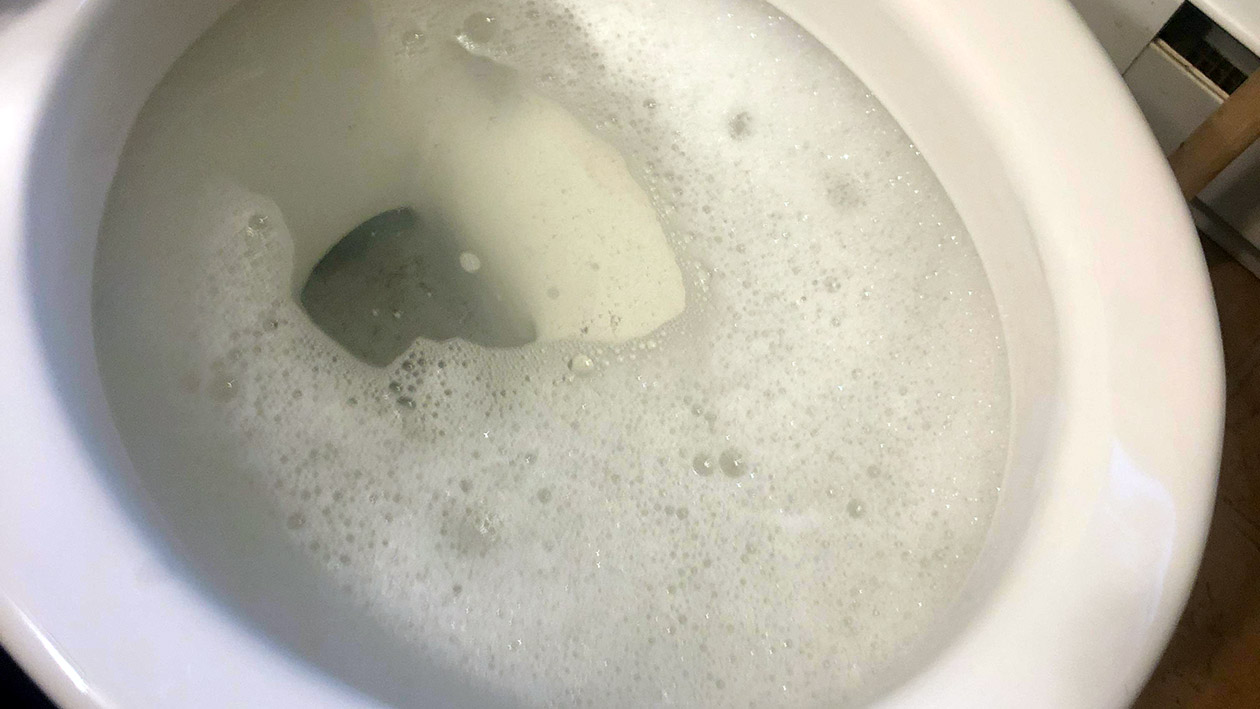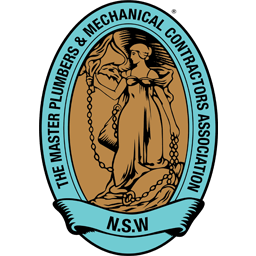Unclogging a toilet without a plunger can be accomplished using several effective methods. Here are some simple techniques you can try:
Dish Soap and Hot Water Method
This is one of the most straightforward and effective ways to unclog a blocked toilet:
- Pour about half a cup of dish soap into the toilet bowl, ensuring it covers the entire area.
- Carefully add a bucket of hot (not boiling) water to the bowl.
- Let the mixture sit for 10-15 minutes to allow the soap to work on the blockage.
- Flush the toilet to see if the clog has cleared. The dish soap helps lubricate the blockage, making it easier to slide through the pipes, while the hot water aids in breaking down the clog.
Baking Soda and Vinegar Solution
This natural, non-toxic method can be highly effective:
- Pour one cup of baking soda into the toilet bowl.
- Add two cups of vinegar.
- Let the mixture fizz for about 30 minutes.
- Follow up with a kettle of hot water.
- Flush the toilet to check if the blockage has cleared.
- The chemical reaction between baking soda and vinegar helps break down the clog.
Hot Water Trick
For minor blockages, this simple method might suffice:
- Boil a pot or kettle of water.
- Carefully pour the hot (not boiling) water into the toilet bowl from waist height.
- Wait a few minutes to allow the heat to soften the blockage.
- Flush the toilet to see if the clog has cleared.
- The force and heat of the water can help dislodge minor clogs.
Wire Coat Hanger Technique
For a more hands-on approach:
- Straighten a wire coat hanger, leaving the hook intact.
- Wrap the end with a cloth to prevent scratching the porcelain.
- Insert the hooked end into the toilet bowl and gently maneuver it into the drain.
- Use a pushing and twisting motion to dislodge the blockage.
- Flush the toilet once you feel the clog has loosened.
This method can be effective for manually moving debris and freeing up the clog. If none of these methods work, you can try some alternate, easier methods for unblocking your toilet.
How long does it take for a toilet to unclog itself?
The time it takes for a toilet to unclog itself can vary significantly depending on several factors. In general, toilets can sometimes unclog themselves, but it’s not guaranteed and may not be advisable to wait for this to happen.
Clog Composition
- Water-soluble materials (e.g., toilet paper, human waste) may dissolve over time.
- Non-water-soluble items (e.g., feminine hygiene products, toys) are unlikely to clear on their own.
Water Levels and Flow
- Sufficient water in the bowl can help break down soluble materials.
- Regular flushing may assist in clearing minor blockages.
Time Frame
- Minor clogs made of water-soluble materials might clear in a few hours.
- More substantial blockages could take much longer or may not clear at all without intervention.
When Self-Unclogging May Occur
Self-unclogging is more likely in the following scenarios:
- The blockage is minor and consists primarily of toilet paper or human waste.
- There’s adequate water flow to help dissolve the clog.
- The toilet is left undisturbed for several hours, allowing time for materials to break down.
Risks of Waiting for Self-Unclogging
While it may be tempting to wait and see if a toilet unclogs itself, there are potential risks:
- Overflow: Toilets with slow leaks may overflow if left clogged for too long.
- Bacterial growth: Stagnant water can lead to increased bacteria levels.
- Worsening clogs: Some clogs may become more compacted over time.
Preventing Toilet Troubles Before They Start
Preventing toilet troubles requires a proactive approach focused on mindful usage and consistent maintenance. Here are key strategies to keep your toilet functioning smoothly:
- Only flush toilet paper, water, and human waste
- Avoid flushing:
- ‘Flushable’ wipes
- Cotton balls
- Q-tips
- Feminine hygiene products
- Dental floss
Toilet Paper Usage
- Use toilet paper sparingly
- Choose thin, easily dissolvable varieties
- For low-flow toilets, be extra cautious about paper quantity
Preventive Maintenance Techniques
- Clean the toilet at least once a week
- Use mild, non-abrasive cleaners
- Scrub thoroughly, including under the rim and trapway
- Periodically clean the toilet tank
- Check for leaks regularly
- Inspect tank mechanisms
- Look for signs of potential blockages
- Address minor issues before they escalate
Additional Prevention Strategies
- Teach children proper bathroom etiquette
- Create a visible list of non-flushable items
- Encourage proper flushing techniques
- Invest in a good plunger
- Consider the “double-flush” method for thorough waste removal
- Maintain proper water levels in the tank
- Use water-saving devices when possible
By implementing these strategies, you can significantly reduce the likelihood of toilet clogs and maintain a clean, functional bathroom environment.
Knowing When to Call in the Pros
Sometimes, a clogged toilet signals a concern too complex for household remedies. Recognising these signs is essential for timely and effective intervention. A persistent clog that withstands various DIY unclogging tactics likely indicates a deeper issue within the plumbing system. Additionally, water that perpetually returns to high levels in the bowl or any fixtures affected elsewhere in the home suggests the need for a professional assessment.
Repeated efforts to dislodge a clog can, unfortunately, exacerbate pipe damage. Forceful plunging, the misuse of drain snakes, or the overuse of chemical solutions might harm the integrity of your plumbing. These missteps can lead to leaks or breaks, often resulting in costlier repairs than anticipated. Hence, a cautious approach toward persistent blockages is advisable, steering clear of aggressive DIY methods after an initial unsuccessful attempt. If you try the methods outlined above and they don’t work, instead of risking damage to your toilet system, we recommend you call a professional plumber from TrueFlow Plumbing and Drains who will happily assist.



